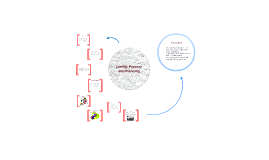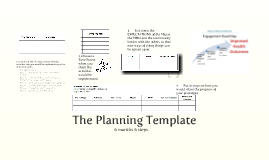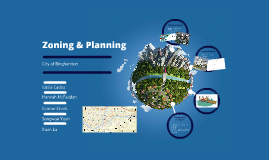Zoning: Purpose and Planning
Transcript: How are they Divided? The division is specific to the city you are in. Division can be large, small, grouped or sporadic depending on districts. Here are examples of a large vs. a smaller city. Zoning is a series of instituted ordinances that separate personal residences, businesses, and industrial areas. The process of Zoning came from the encroachment of businesses in to residential areas, affecting light, air, noise, etc. Prior to Zoning ordinances, the regulation was done mostly by adjoining landowners suing over violated nuisance laws. Council? Advertising Who decides on Zones? Zoning is very pertinent to new construction It regulates whether a specific business is allowed to construct a store at a given location. If a business is not in the correct zone, not only are the possibilities of construction at stake, but also futures revenue and taxes to be paid to the city. Each building is required a building permit pre-construction and a thorough inspection upon completion This is to maintain safety, reliability, and aesthetics to the surrounding area Zoning: Purpose and Planning What is Zoning? Zoning can be a hassle, but in the end it protects our homes from unwanted company. Proper regulation and ordinance is essential to development Zoning keep our cities organized and presentable places to live What if I plan to build? Louisville, KY Each city employs a Planning and Engineering Administrating team. They are charged with new building permits, water management, enforce city regulations, as well as many area specific tasks. Murray, KY In Conclusion Local city governments decide on where to place boundaries and how to classify them. Boundaries can be altered and expanded at the discretion of the governing council. Signs are also included in the zoning process Size, shape, height, and lighting are all contributing factors This is important to maximize business exposure while not obstructing view, distracting motorists, and endangering public safety

















